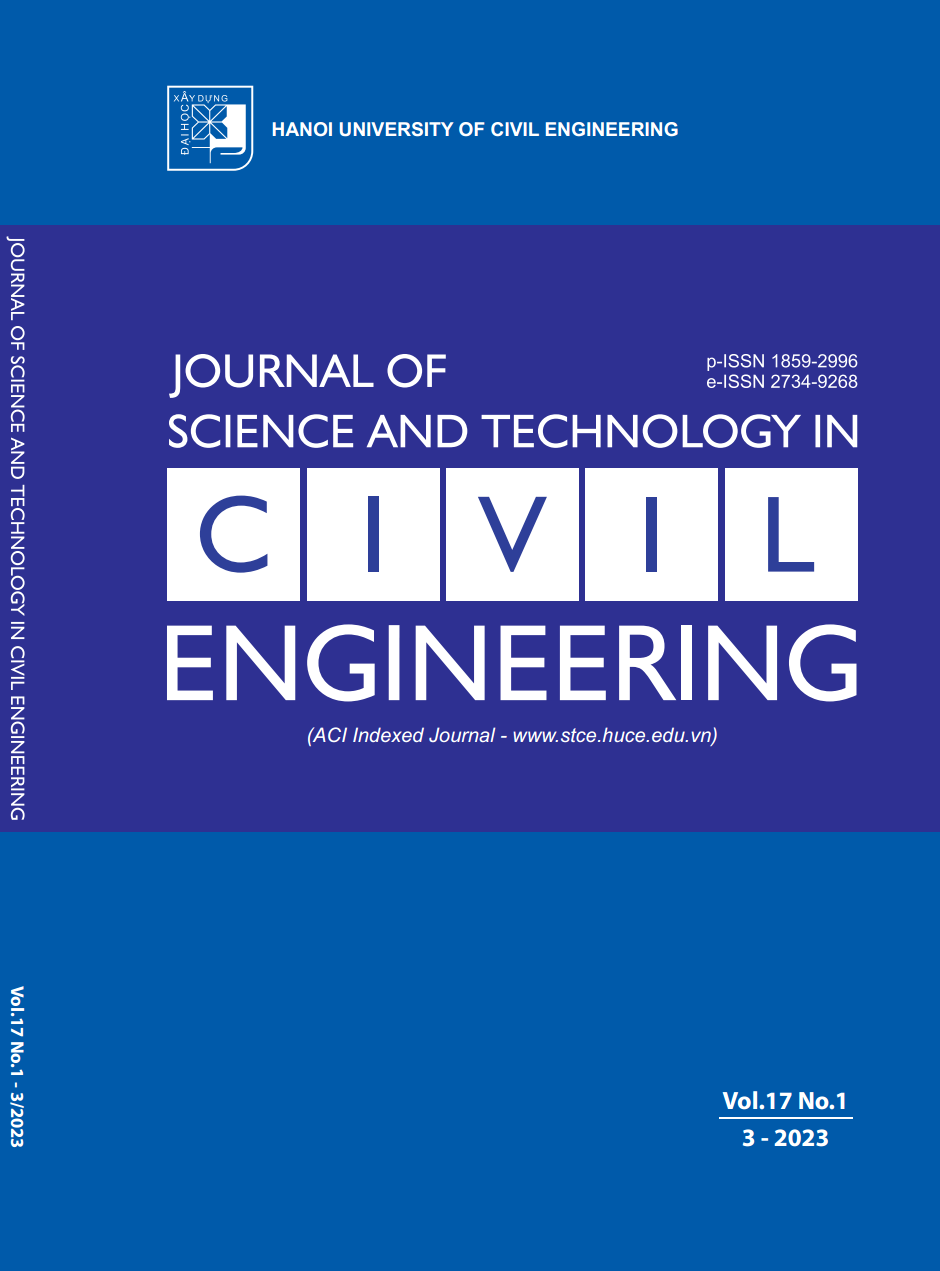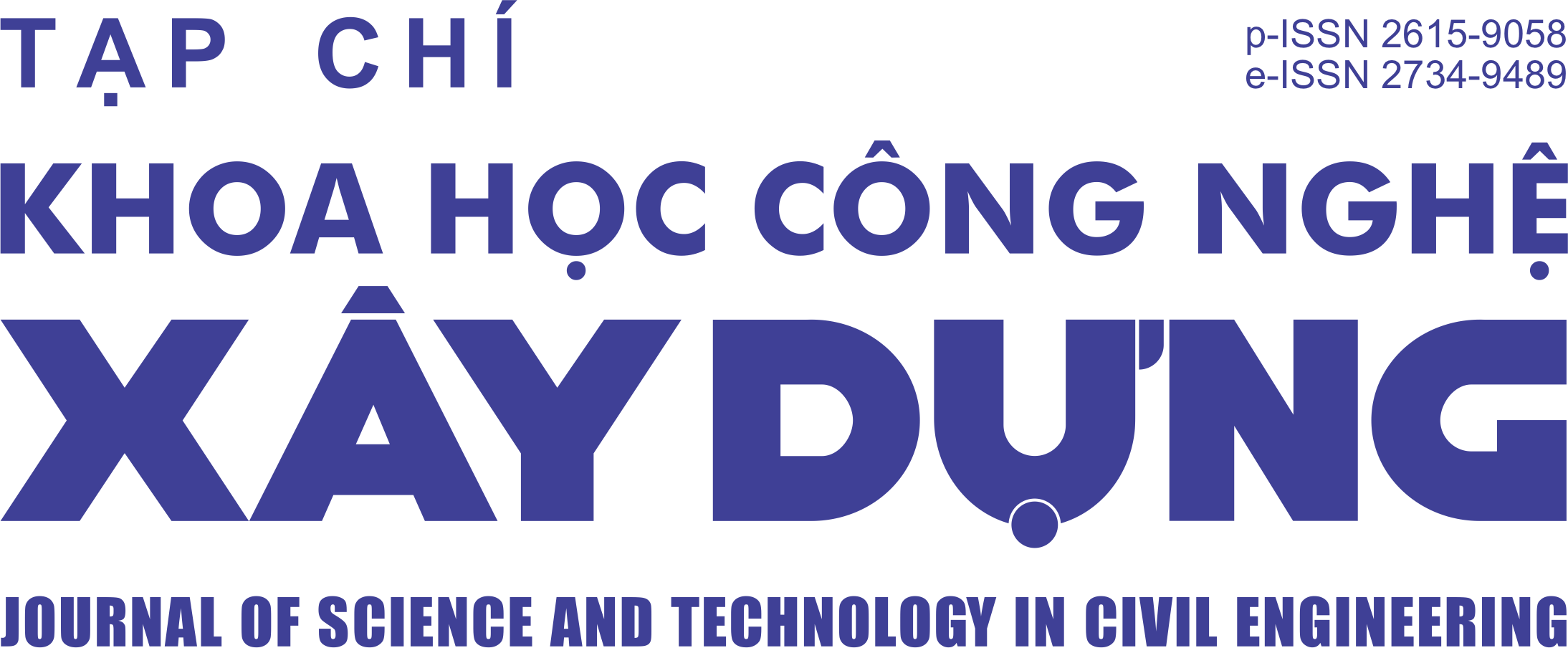A study on the probabilistic safety assessment of the truss structure designed by the LRFD code
Abstract
The probabilistic analyses provide a more rational approach for the safety assessment of structures since they consider the uncertainties in the calculations. Consequently, the design specifications of engineering structures are gradually transformed from the allowable stress design to the reliability-based specifications such as load and resistance factors design (LRFD) or partial safety factor design. The partial safety factors and the load and
resistance factors provided in the reliability-based design codes are successfully determined from probabilistic frameworks. However, these specifications are classified into semi-probabilistic-based codes because no probabilistic analysis is required in the design practice. Thus, the actual reliability index of the design solutions maynot be as close to the target value as expected. This study employs the fully probabilistic analysis as an additional analysis to examine the reliability index of an LRFD-based design of the truss structure. A planar truss,
which is designed following the semi-probabilistic code, is thoroughly examined. Several feasible sections are first designed using the LRFD code. Then, the actual reliability indexes of truss structures are evaluated to check if they meet the target reliability index specified in the reliability-based design codes. The tension and compression members concerning the strength limit state and the maximum deflection presenting for service ability are investigated as representative performances. The results of the probabilistic analyses indicate that
the reliability indexes for the strength limit state are higher than the target value stipulated in the LRFD code. Compared to the tension members, more redundancy in terms of reliability index is observed for compression elements, although they are both designed at the limit state. Moreover, the reliability index obtained for the
serviceability limit state is strongly dependent on the component (i.e., floor or roof) where the truss is utilized.
Downloads
Copyright (c) 2023 Hanoi University of Civil Engineering

This work is licensed under a Creative Commons Attribution-NonCommercial-NoDerivatives 4.0 International License.
1. The Author assigns all copyright in and to the article (the Work) to the Journal of Science and Technology in Civil Engineering (JSTCE) – Hanoi University of Civil Engineering (HUCE), including the right to publish, republish, transmit, sell and distribute the Work in whole or in part in electronic and print editions of the Journal, in all media of expression now known or later developed.
2. By this assignment of copyright to the JSTCE, reproduction, posting, transmission, distribution or other use of the Work in whole or in part in any medium by the Author requires a full citation to the Journal, suitable in form and content as follows: title of article, authors’ names, journal title, volume, issue, year, copyright owner as specified in the Journal, DOI number. Links to the final article published on the website of the Journal are encouraged.
3. The Author and the company/employer agree that any and all copies of the final published version of the Work or any part thereof distributed or posted by them in print or electronic format as permitted herein will include the notice of copyright as stipulated in the Journal and a full citation to the Journal as published on the website.







